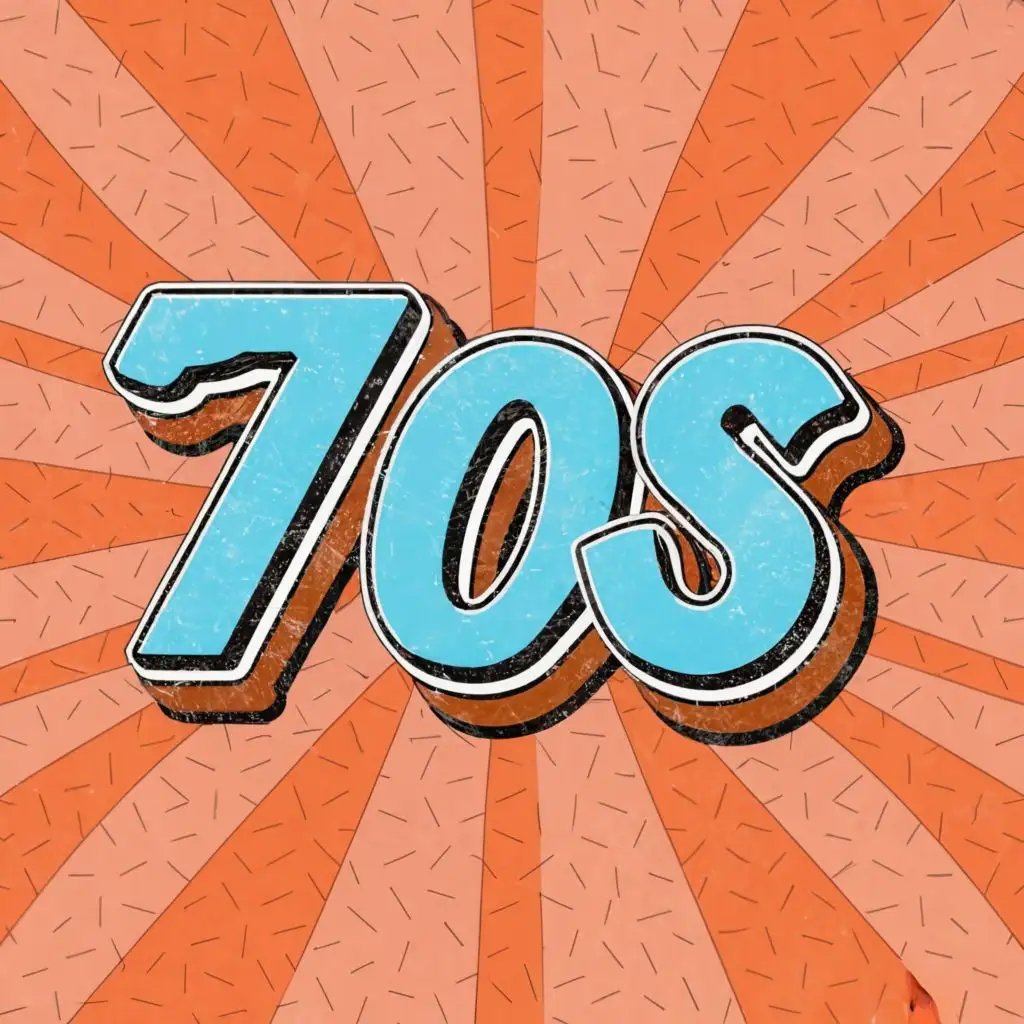1970 Chevy Pickup Trucks For Sale: A Comprehensive Buyer’s Guide pickup.truckstrend.com
The 1970 Chevrolet pickup truck stands as an enduring icon of American automotive history, a testament to rugged utility fused with timeless design. For many, the sight of a classic C/K series truck evokes nostalgia, recalling simpler times and the steadfast reliability of a vehicle built to last. Today, these beloved trucks are highly sought after in the classic car market, offering a unique blend of vintage charm, robust performance, and a surprisingly practical ownership experience. Whether you’re a seasoned collector, a first-time classic car buyer, or simply an enthusiast looking for a unique daily driver, understanding the nuances of the 1970 Chevy pickup for sale is crucial to making an informed and satisfying purchase. This comprehensive guide will navigate you through the journey of finding, evaluating, and ultimately owning a piece of automotive Americana.
The Enduring Appeal of the 1970 Chevy C/K Pickup
1970 Chevy Pickup Trucks For Sale: A Comprehensive Buyer’s Guide
The 1970 Chevy C/K pickup is part of Chevrolet’s second-generation C/K series, produced from 1967 to 1972. This era is often regarded as a golden age for pickup truck design, characterized by a more car-like ride and a sleek, modern aesthetic that departed from the boxier trucks of previous decades. The 1970 model, in particular, is distinguished by its unique egg-crate grille design, which sets it apart from the 1967-69 and 1971-72 models, making it instantly recognizable to enthusiasts.
Its popularity stems from several key factors:
- Iconic Design: The clean lines, wide stance, and distinctive grille contribute to its timeless appeal.
- Robust Engineering: These trucks were built to work, featuring durable frames, reliable powertrains, and straightforward mechanicals.
- Versatility: From a workhorse to a stylish cruiser, the 1970 C/K can be adapted for many uses.
- Nostalgia: For many, it represents a connection to a specific era, evoking memories of family, farms, or classic Americana.
- Strong Aftermarket Support: The availability of reproduction and performance parts is extensive, making restoration and customization relatively easy.

Key Features and Configurations of the 1970 Model
Before diving into the market, it’s essential to understand the various configurations and options available for the 1970 Chevy pickup. This knowledge will help you identify what you’re looking for and assess the originality and value of a potential purchase.
- Models:

- C-Series: Two-wheel drive (C10 – 1/2 ton, C20 – 3/4 ton, C30 – 1 ton).
- K-Series: Four-wheel drive (K10 – 1/2 ton, K20 – 3/4 ton, K30 – 1 ton). K-series trucks are generally rarer and command higher prices.
- Body Styles:

- Fleetside: The most common style, featuring smooth, slab-sided bed walls.
- Stepside: Characterized by separate rear fenders and external steps, giving a more traditional, "hot rod" look.
- Cab Configurations:
- Standard Cab: The ubiquitous single-row seating.
- CST (Custom Sport Truck) Package: A premium trim level offering more comfortable seats, deluxe interior appointments, chrome exterior trim, and often more powerful engine options. These are highly desirable.
- Engine Options:
- Inline-6: 250 cubic inch (cid) and 292 cid – known for their reliability and fuel efficiency (for the era).
- Small-Block V8: 307 cid and 350 cid – the 350 is arguably the most popular and versatile engine, offering a good balance of power and maintainability.
- Big-Block V8: 396 cid (often referred to as 402 cid in some applications) – a powerful, high-performance option, making trucks equipped with it particularly valuable.
- Transmissions: Manual (3-speed on the column, 4-speed on the floor) and automatic (Turbo Hydramatic 350 or 400).
What to Look For When Buying a 1970 Chevy Pickup
Purchasing a vintage vehicle requires a thorough inspection. While the 1970 Chevy pickup is robust, age and previous ownership can take their toll.
- Rust: This is the primary enemy of these trucks. Common rust areas include:
- Cab Corners and Rocker Panels: Check inside and out.
- Fender Bottoms: Especially behind the wheels.
- Door Bottoms: And door jambs.
- Bed Floor and Supports: Lift the bed mat if possible.
- Frame: Inspect for any significant rust-through, cracks, or previous shoddy repairs.
- Windshield and Rear Window Channels: Rust here can lead to leaks and extensive repair.
- Engine and Drivetrain:
- Listen for unusual noises (knocks, ticks, excessive lifter noise).
- Check for smoke from the exhaust (blue for oil, white for coolant, black for rich fuel).
- Look for fluid leaks (oil, transmission fluid, coolant, power steering).
- Assess transmission shifting – smooth engagement, no harsh jerks or slipping.
- Check differential and transfer case (on 4x4s) for leaks and noise.
- Suspension and Steering:
- Check for excessive play in the steering wheel.
- Look for worn ball joints, tie rods, and bushings.
- Inspect leaf springs (rear) and coil springs (front) for sagging or damage.
- Test brakes for proper function and feel.
- Electrical System:
- Test all lights (headlights, taillights, turn signals, brake lights).
- Ensure gauges work (fuel, oil pressure, temperature, speedometer).
- Check heater/AC (if equipped) and wipers.
- Look for frayed or spliced wiring, which can indicate past issues or fire hazards.
- Interior:
- Assess the condition of the seat upholstery, dash pad, door panels, and headliner.
- Check for missing trim pieces or broken components.
- Factor in the cost of interior restoration if needed.
- Documentation:
- Verify the VIN matches the title and the truck.
- Look for maintenance records, restoration receipts, or a build sheet if available. This can provide valuable insight into the truck’s history.
- Originality vs. Restomod: Decide upfront if you want a highly original, numbers-matching truck or a modified "restomod" with modern conveniences (e.g., fuel injection, updated suspension, power steering/brakes). Each has its pros and cons in terms of value and usability.
Understanding the Market and Pricing
The price of a 1970 Chevy pickup can vary dramatically based on several factors.
- Condition: This is the most significant determinant. A rusted project truck will be significantly cheaper than a fully restored, show-quality example.
- Originality: Numbers-matching engines and components, original paint, and factory options can increase value.
- Engine/Transmission: Big-block V8s and rare engine/transmission combinations often command a premium.
- 2WD vs. 4WD: K-series (4×4) trucks are generally more expensive due to their rarity and off-road capability.
- Trim Level: CST packages, especially with desirable options, fetch higher prices.
- Body Style: Stepsides can sometimes be more niche, while Fleetsides are broadly popular.
- Location: Market demand and availability can vary by region.
Where to Find Them:
- Online Marketplaces: eBay Motors, Hemmings, Bring a Trailer, ClassicCars.com, Craigslist, Facebook Marketplace.
- Classic Car Dealerships: Often higher prices but typically better-vetted vehicles.
- Auctions: Can be exciting but require quick decision-making and a solid budget.
- Local Classifieds/Word of Mouth: Sometimes the best deals are found offline.
Practical Advice:
- Set a Realistic Budget: Include not just the purchase price but also potential restoration costs, insurance, and ongoing maintenance.
- Don’t Rush: Take your time to research and inspect multiple vehicles.
- Get a Pre-Purchase Inspection (PPI): If you’re not an expert, hire a reputable mechanic specializing in classic vehicles to inspect the truck thoroughly before you buy. This small investment can save you thousands down the road.
- Negotiate: Always be prepared to negotiate the price, especially if you find issues during your inspection.
Restoration vs. Daily Driver vs. Project
Your intended use will heavily influence your purchase decision:
- Project Truck: These are the cheapest entry point, often requiring extensive bodywork, mechanical repairs, and a full repaint. Ideal for those with mechanical skills, a dedicated workspace, and a significant amount of time and money. The reward is a truck tailored to your exact specifications.
- Daily Driver: A truck that is mechanically sound, runs reliably, and has a presentable appearance. It might have minor cosmetic flaws or need some TLC, but it’s ready to enjoy immediately. This is a popular choice for those wanting to experience classic truck ownership without the full commitment of a ground-up restoration.
- Show Truck / Fully Restored: These vehicles are meticulously restored to original specifications or customized to a very high standard. They command the highest prices due to the immense investment in time, labor, and parts. While beautiful, they might be less practical for regular use due to their pristine condition.
Ownership Experience and Community
One of the great joys of owning a 1970 Chevy pickup is the vibrant community surrounding it. Parts availability is excellent, with numerous companies specializing in reproduction panels, trim, mechanical components, and even complete rolling chassis. Online forums, Facebook groups, and local classic car clubs are invaluable resources for advice, troubleshooting, and camaraderie. Many owners enjoy performing their own maintenance, as these trucks are relatively simple to work on.
Estimated Price Ranges for 1970 Chevy Pickup Trucks For Sale
Please note that these are estimated price ranges and can fluctuate significantly based on exact condition, originality, specific options, modifications, geographic location, and current market demand. A pre-purchase inspection is always recommended.
| Condition Category | C10 2WD (Fleetside/Stepside) | K10 4×4 (Fleetside/Stepside) | C20/C30 (2WD) | Key Characteristics & Considerations |
|---|
